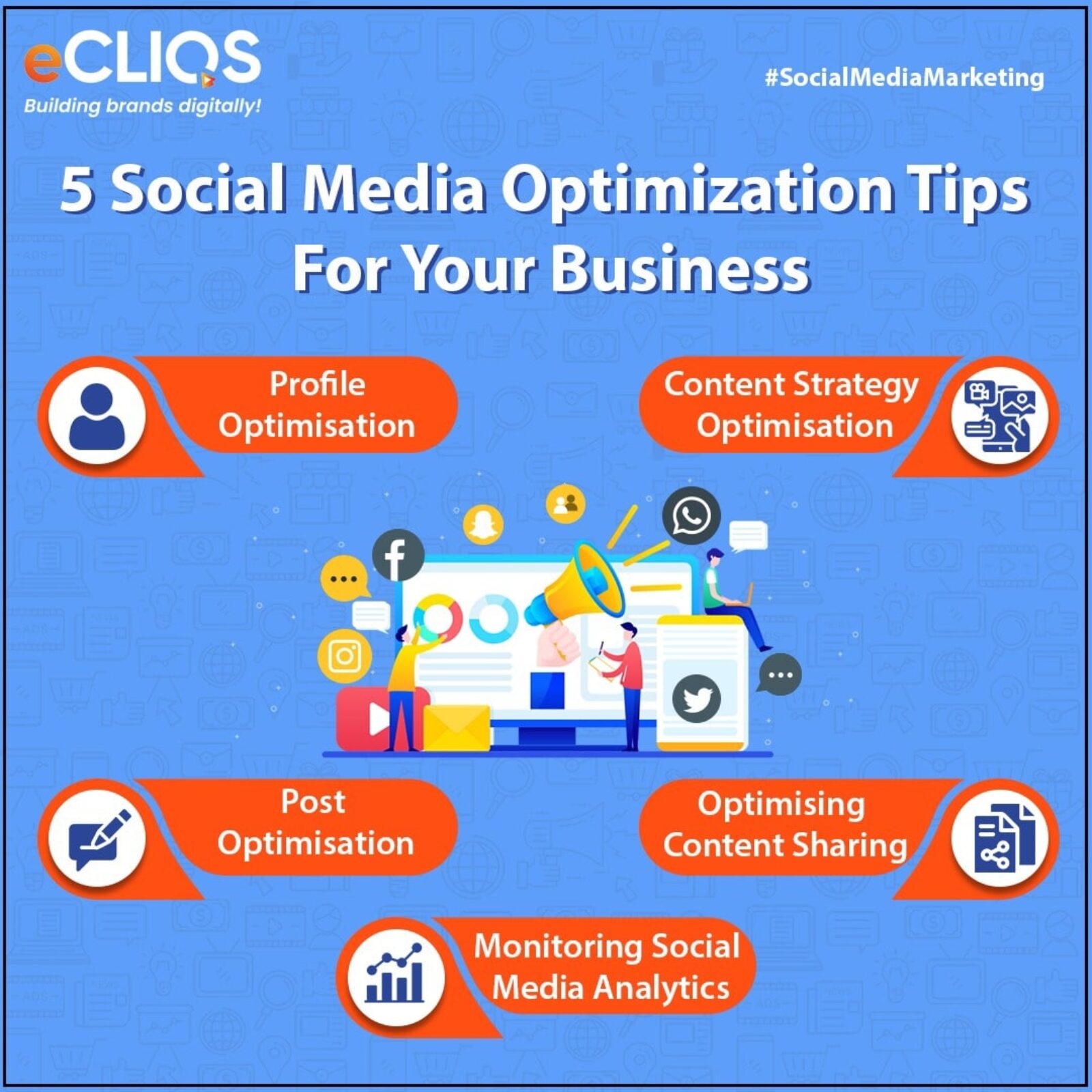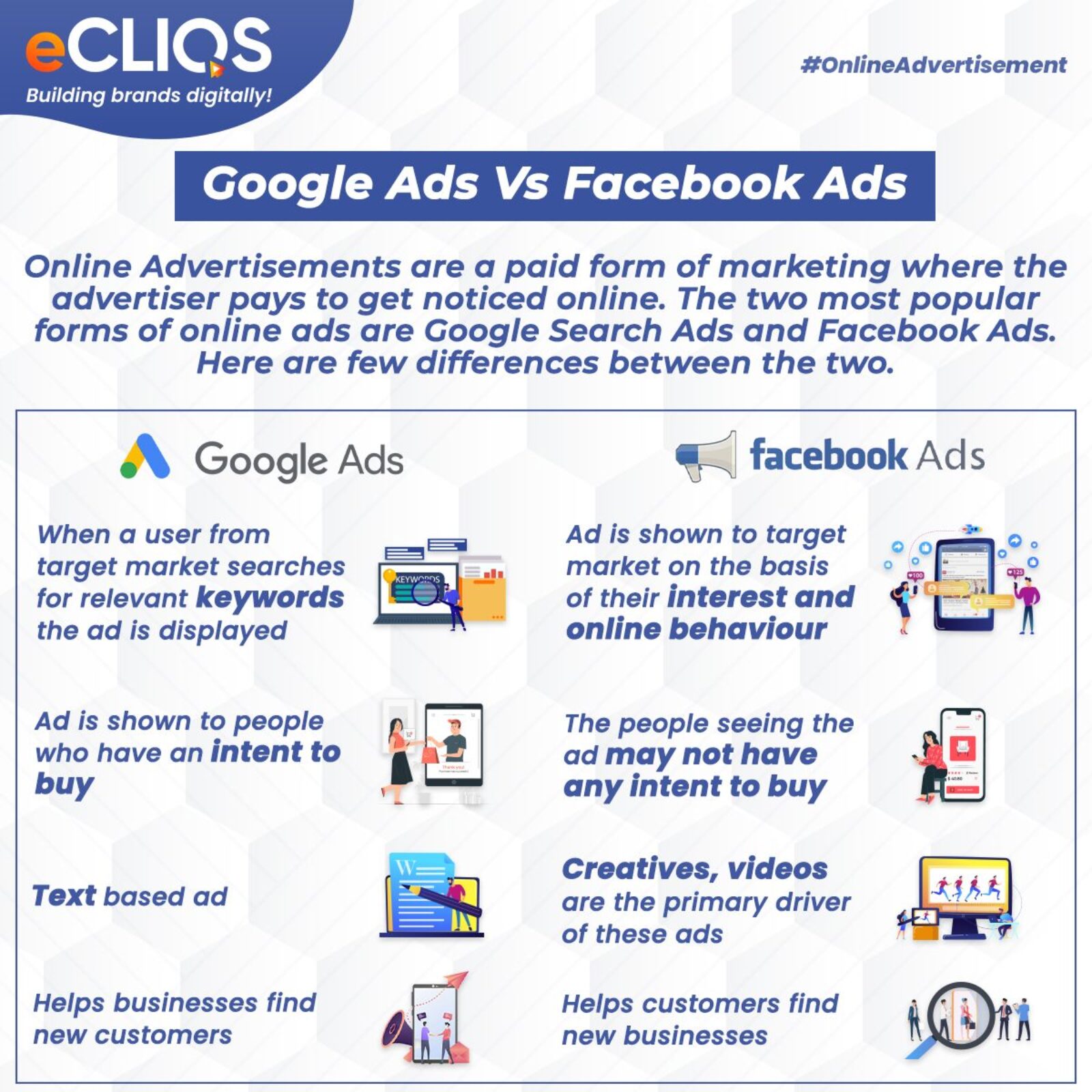5 Social Media Optimization Tips For Your Business
With businesses going digital, social media is an important digital platform that businesses can’t afford to miss in 2021. Proactive businesses have realized the importance of social media for businesses and have taken this opportunity. But today, being on social media...
Google Ads vs. Facebook Ads: What’s the difference?
Online Advertisements are a paid form of marketing where the advertiser pays to get noticed online. The two most popular forms of online ads are Google Ads (formerly known as AdWords) and Facebook Ads. These two are the giants of PPC advertising. Both are notable drivers for...




